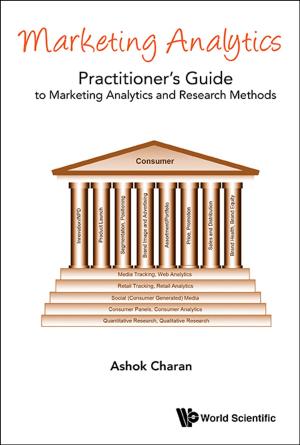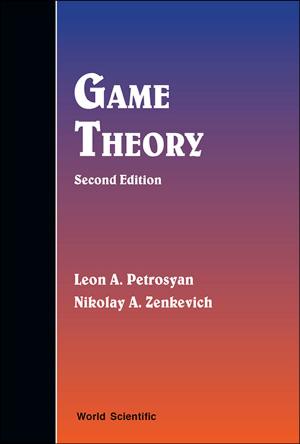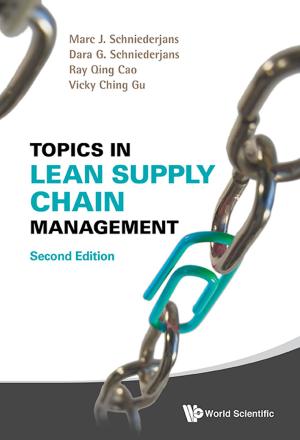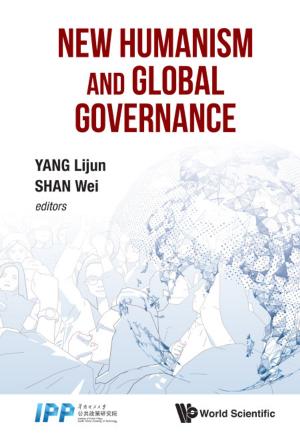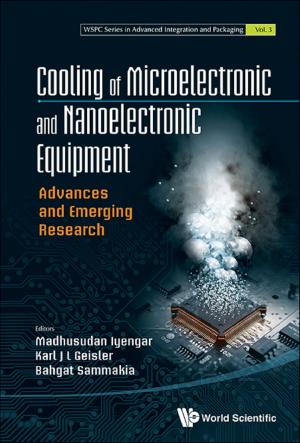Materials Concepts for Solar Cells
Nonfiction, Science & Nature, Technology, Electronics, Semiconductors, Science, Chemistry, Physical & Theoretical| Author: | Thomas Dittrich | ISBN: | 9781786344502 |
| Publisher: | World Scientific Publishing Company | Publication: | January 30, 2018 |
| Imprint: | WSPC (EUROPE) | Language: | English |
| Author: | Thomas Dittrich |
| ISBN: | 9781786344502 |
| Publisher: | World Scientific Publishing Company |
| Publication: | January 30, 2018 |
| Imprint: | WSPC (EUROPE) |
| Language: | English |
A modern challenge is for solar cell materials to enable the highest solar energy conversion efficiencies, at costs as low as possible, and at an energy balance as sustainable as necessary in the future. This textbook explains the principles, concepts and materials used in solar cells. It combines basic knowledge about solar cells and the demanded criteria for the materials with a comprehensive introduction into each of the four classes of materials for solar cells, i.e. solar cells based on crystalline silicon, epitaxial layer systems of III-V semiconductors, thin-film absorbers on foreign substrates, and nano-composite absorbers. In this sense, it bridges a gap between basic literature on the physics of solar cells and books specialized on certain types of solar cells.
The last five years had several breakthroughs in photovoltaics and in the research on solar cells and solar cell materials. We consider them in this second edition. For example, the high potential of crystalline silicon with charge-selective hetero-junctions and alkaline treatments of thin-film absorbers, based on chalcopyrite, enabled new records. Research activities were boosted by the class of hybrid organic-inorganic metal halide perovskites, a promising newcomer in the field.
This is essential reading for students interested in solar cells and materials for solar cells. It encourages students to solve tasks at the end of each chapter. It has been well applied for postgraduate students with background in materials science, engineering, chemistry or physics.
Contents:
-
Preface
-
Symbols and Abbrevations
-
Basics of Solar Cells and Materials Demands:
- Basic Characteristics and Characterization of Solar Cells
- Photocurrent Generation and the Origin of Photovoltage
- Influence of Recombination on the Minimum Lifetime
- Charge Separation Across pn-Junctions
- Ohmic Contacts for Solar Cells
- Maximum Efficiency of Solar Cells
-
Materials Specific Concepts:
- Solar Cells Based on Crystalline Si
- Solar Cells Based on III–V Semiconductors
- Thin-Film Solar Cells
- Nano-Composite Solar Cells
-
Solutions to Tasks
-
Bibliography
-
Index
Readership: Advanced undergraduates and graduate students in photovoltaics, as well as students with background in materials science, engineering, chemistry or physics.
0
A modern challenge is for solar cell materials to enable the highest solar energy conversion efficiencies, at costs as low as possible, and at an energy balance as sustainable as necessary in the future. This textbook explains the principles, concepts and materials used in solar cells. It combines basic knowledge about solar cells and the demanded criteria for the materials with a comprehensive introduction into each of the four classes of materials for solar cells, i.e. solar cells based on crystalline silicon, epitaxial layer systems of III-V semiconductors, thin-film absorbers on foreign substrates, and nano-composite absorbers. In this sense, it bridges a gap between basic literature on the physics of solar cells and books specialized on certain types of solar cells.
The last five years had several breakthroughs in photovoltaics and in the research on solar cells and solar cell materials. We consider them in this second edition. For example, the high potential of crystalline silicon with charge-selective hetero-junctions and alkaline treatments of thin-film absorbers, based on chalcopyrite, enabled new records. Research activities were boosted by the class of hybrid organic-inorganic metal halide perovskites, a promising newcomer in the field.
This is essential reading for students interested in solar cells and materials for solar cells. It encourages students to solve tasks at the end of each chapter. It has been well applied for postgraduate students with background in materials science, engineering, chemistry or physics.
Contents:
-
Preface
-
Symbols and Abbrevations
-
Basics of Solar Cells and Materials Demands:
- Basic Characteristics and Characterization of Solar Cells
- Photocurrent Generation and the Origin of Photovoltage
- Influence of Recombination on the Minimum Lifetime
- Charge Separation Across pn-Junctions
- Ohmic Contacts for Solar Cells
- Maximum Efficiency of Solar Cells
-
Materials Specific Concepts:
- Solar Cells Based on Crystalline Si
- Solar Cells Based on III–V Semiconductors
- Thin-Film Solar Cells
- Nano-Composite Solar Cells
-
Solutions to Tasks
-
Bibliography
-
Index
Readership: Advanced undergraduates and graduate students in photovoltaics, as well as students with background in materials science, engineering, chemistry or physics.
0

